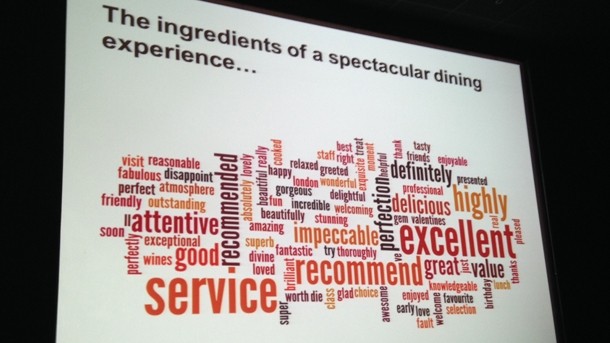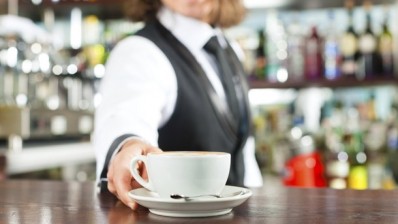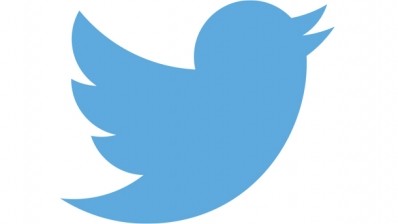Data and technology may change how we ‘do’ hospitality

Speaking at the Digital Innovation Forum hosted by our sister publication Restaurant Magazine, OpenTable’s Adrian Valeriano said new technologies which allow restaurants to gather information on their customers should be used to help staff improve and individualise service.
However he warned there is a difference between knowing what the customer wants and appearing ‘stalkerish’, and said it was important that restaurant staff know how to utilise the customer information available to them.
“The best restaurants today and in future will leverage data and technology to enhance their provision,” Valeriano stated. “Diners are out there online talking about you and there are a lot of things they’re engaging with.
“If you’re able to harness that you can use the information to enhance service and how you interact with those guests when they come into your restaurant. The result of this pursuit is pleasing more diners and achieving operational proficiency.”
Data Science
One key emerging trend in the restaurant industry is the use of data science to analyse customer reviews. Valeriano explained that OpenTable’s team of scientists go through restaurant reviews that customers leave on the site, seeking out the correlations that appear.
The scientists are able to create word clouds of phrases that appear most commonly in positive and negative reviews. The results of this show that most of the good reviews reflect on excellent service, with words like ‘attentive’, ‘staff’ and ‘service’ appearing frequently. Negative reviews mainly focus on the quality of the food, with the names of ingredients coming up often.
“It’s clear to see that it’s the emotional aspect of the experience that rates the total experience highly,” explained Valeriano.
Data science also came in useful for analysing which dishes were mentioned most frequently in certain areas of the country. In Edinburgh for example, dishes like ‘haggis’ and ‘fish and chips’ appeared often in reviews, while in London words like ‘amuse bouche’ and ‘petit fours’ showed up frequently.
“Knowing which dishes are popular in which locations can be highly informative to a restaurant business when deciding what to put on the menu,” said Valeriano. “It’s important to have that data behind you to create the perfect experience.”
Personalised experience
Valeriano also highlighted the importance of a restaurant finding out as much as it can about its customers, even before they dine. He cited the example of a Chicago restaurant that researches its customers on Google after they make a booking to find out more information about them. This allows customers to be served by a waiter they might have something in common with.
“You don’t want to appear like a stalker though,” said Valeriano. “Where is the line of being creepy versus being informed? I think it goes back to the art of service in conversation. In not forcing the information that you know about the customer into the conversation, but being able to find a good opportunity to use it.”
Benchmarking
Restaurateurs can also use to use data to benchmark their performance, and compare their net sales and covers to their close competitors nearby.
“Perhaps a restaurant finds its takings were up five per cent last week, that’s good news in itself,” said Valeriano.
“But it’s more informative if the owners can see how other restaurants in the same neighbourhood or region performed that same week. Is it still good news if other restaurants were up 15 per cent? To have that comparative data could be very important.”

































